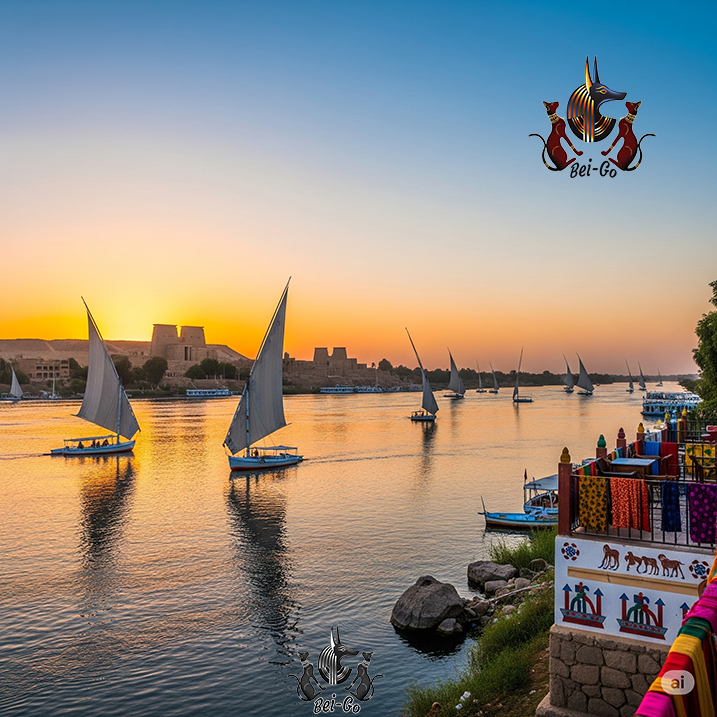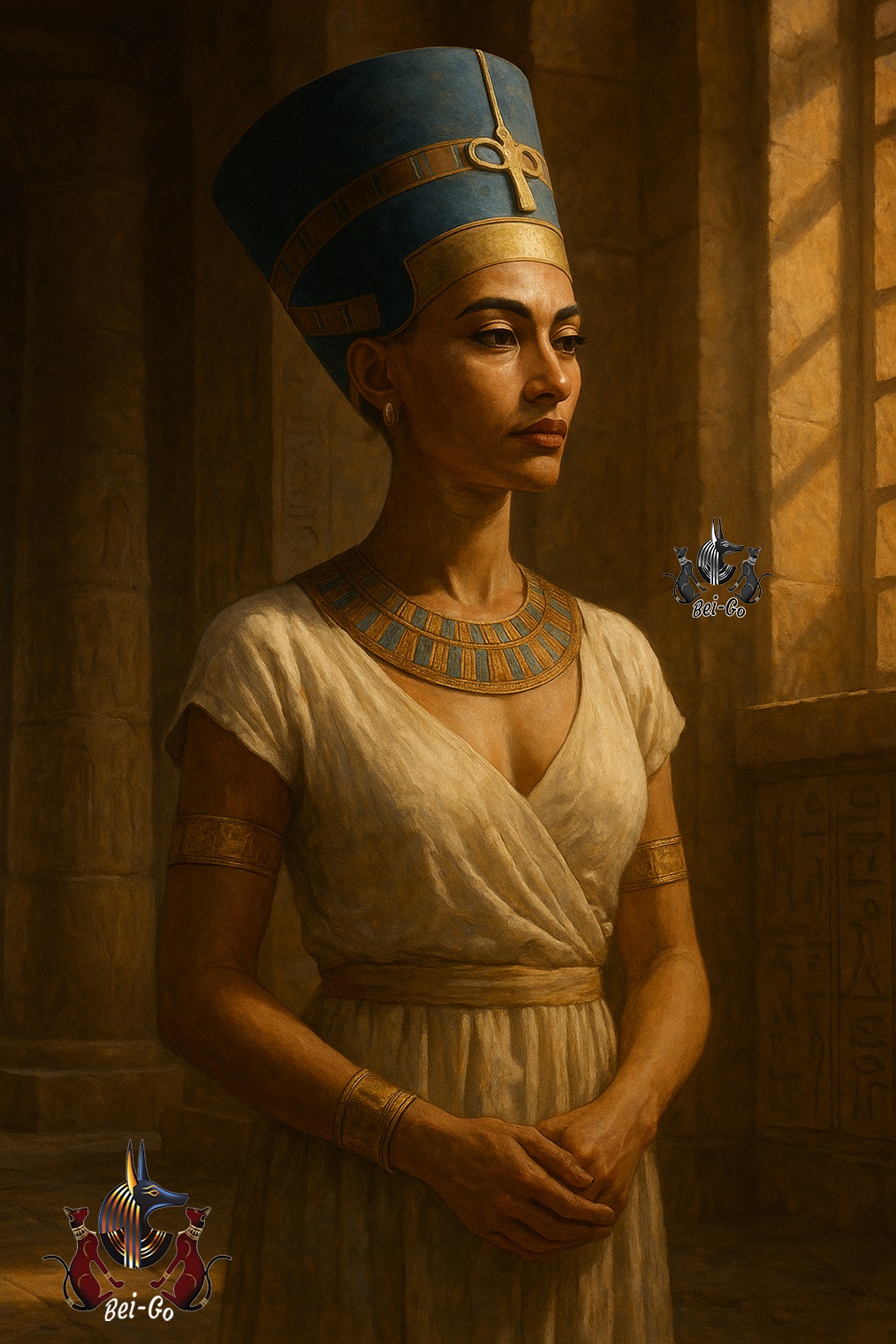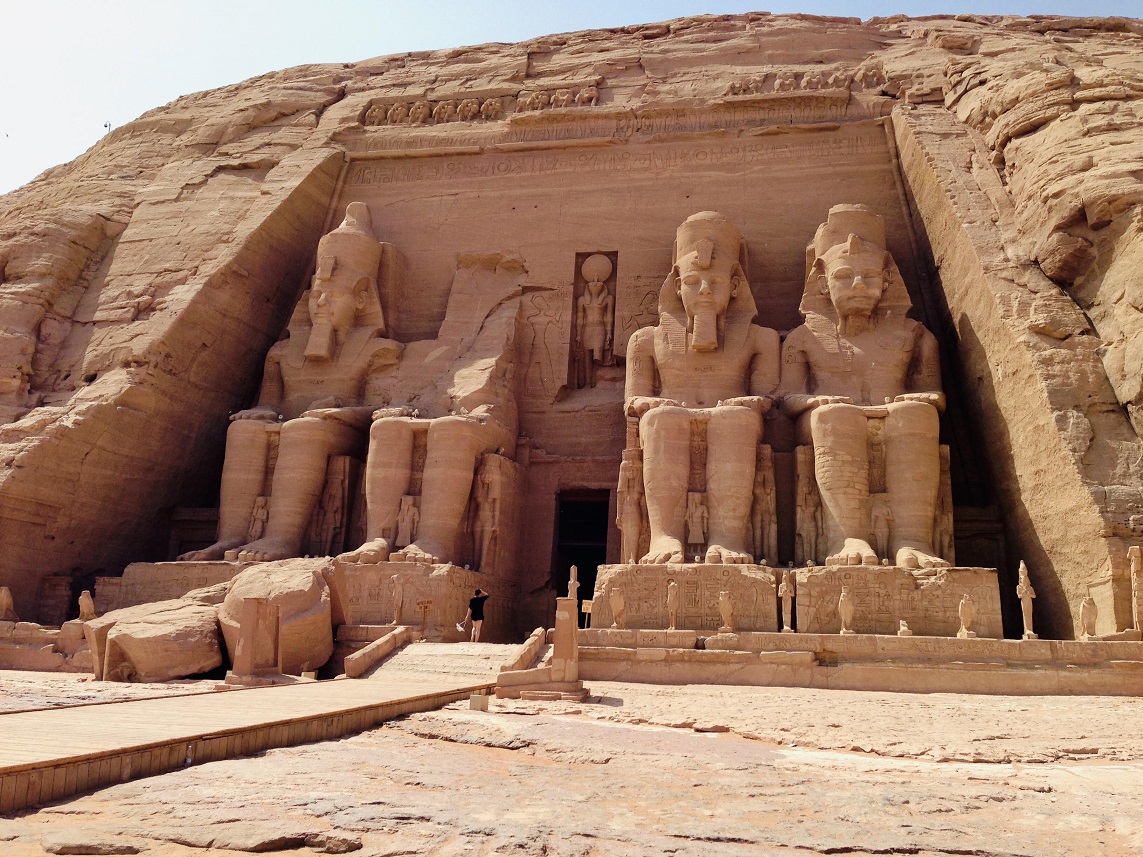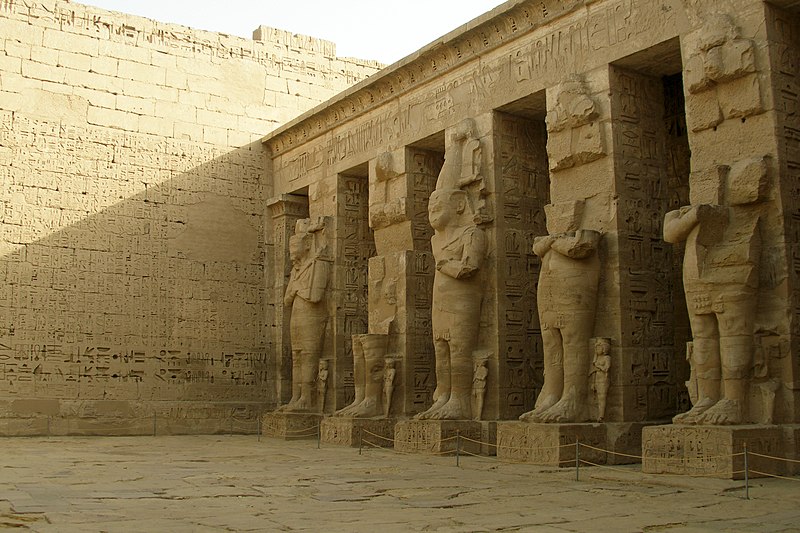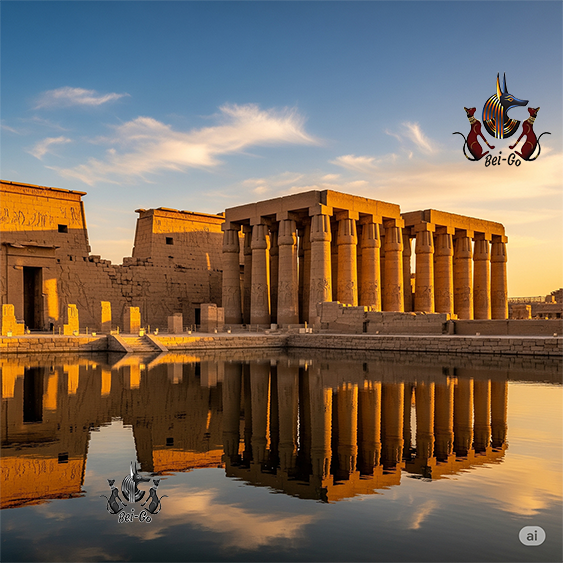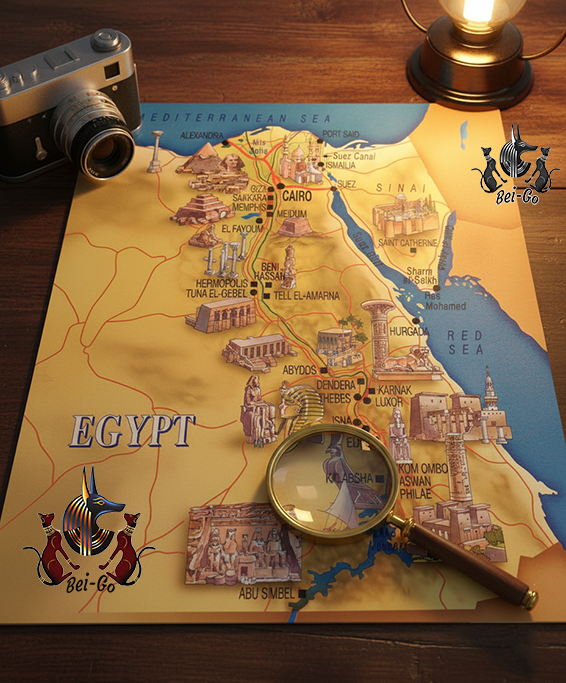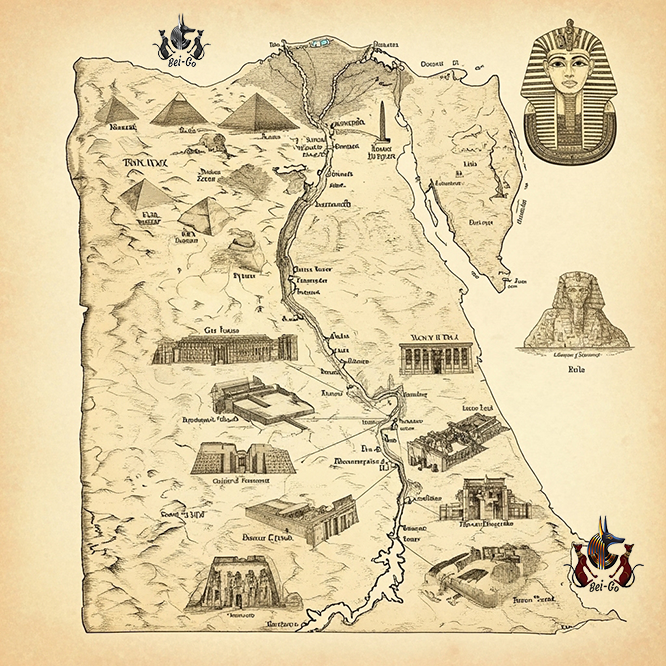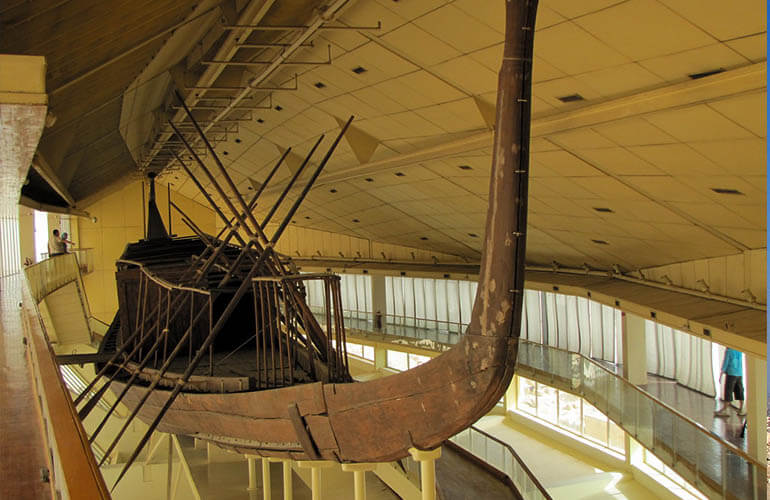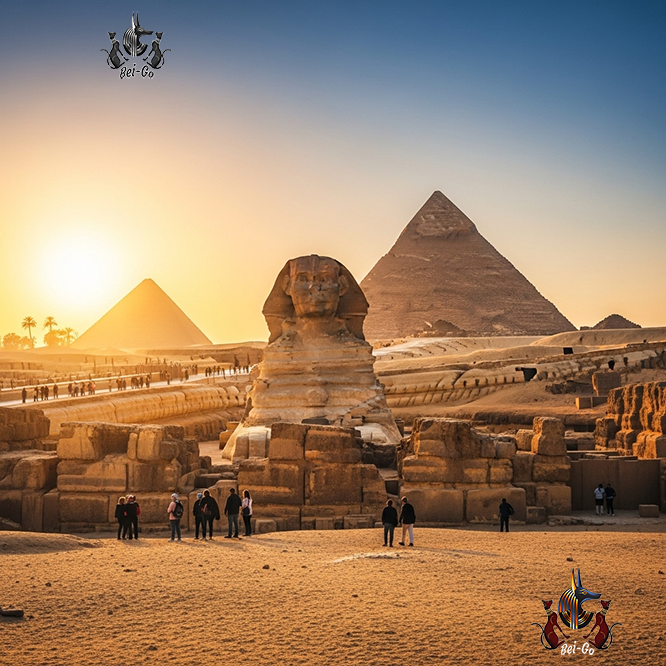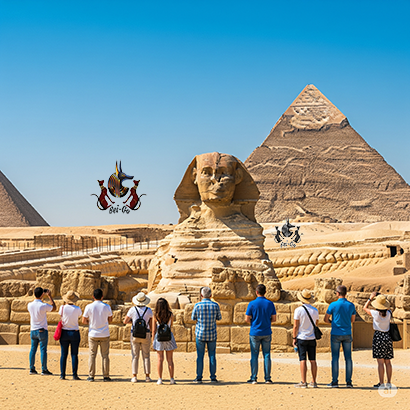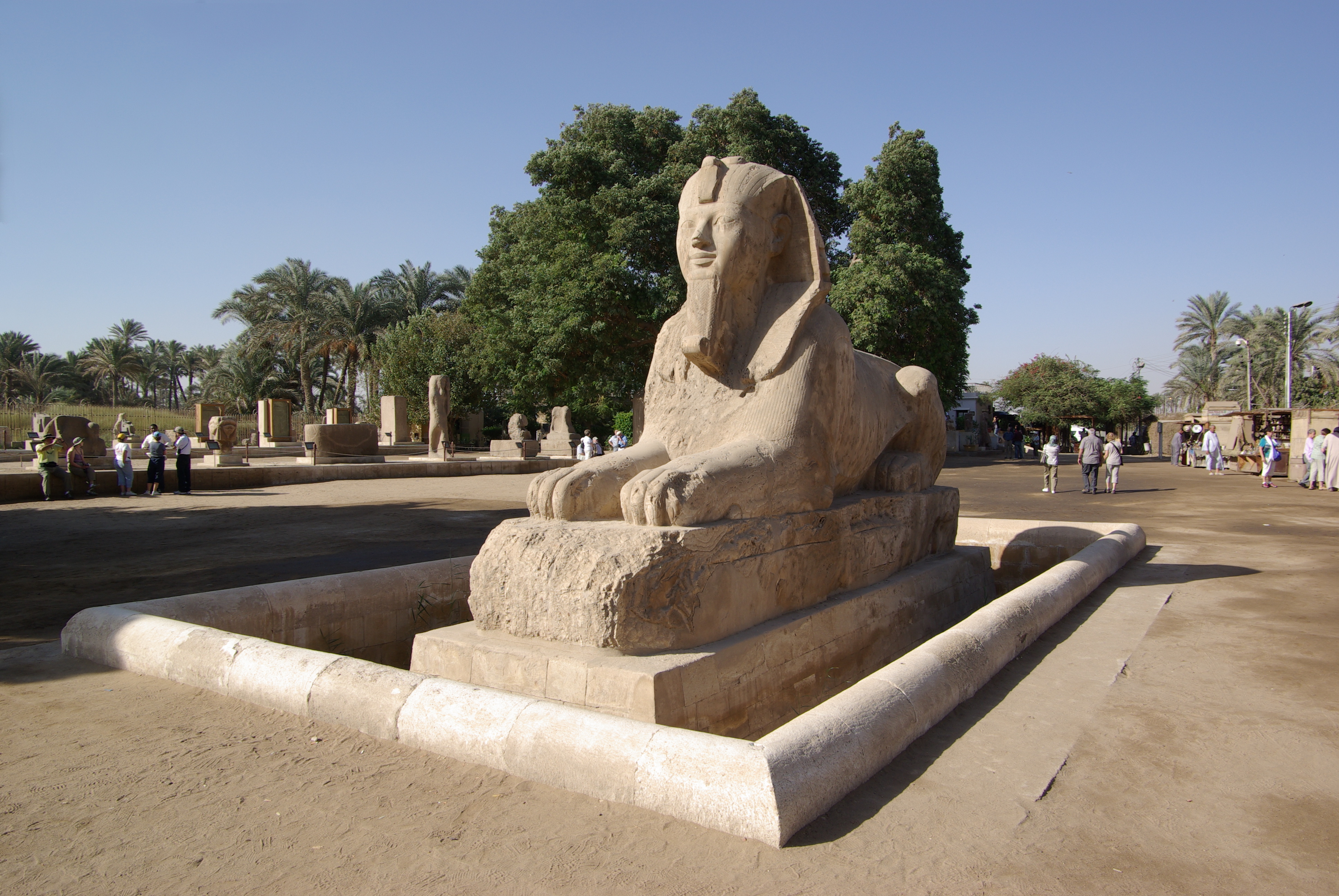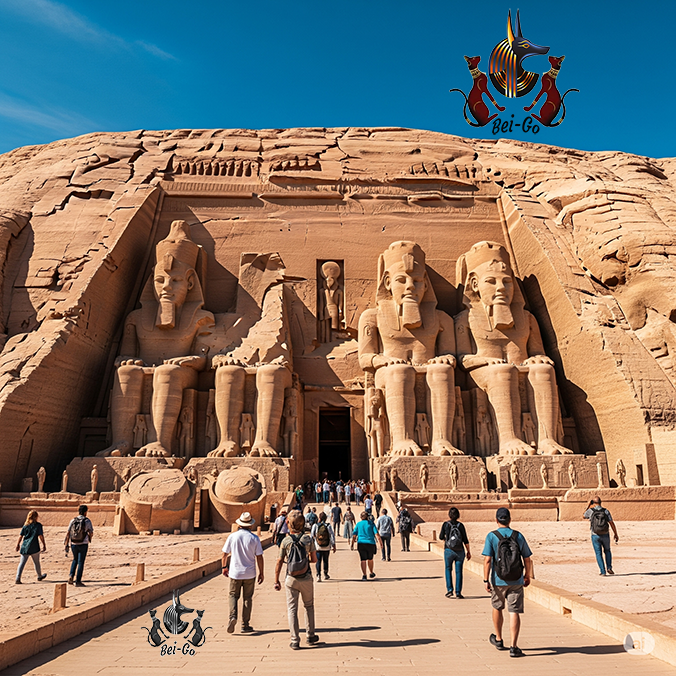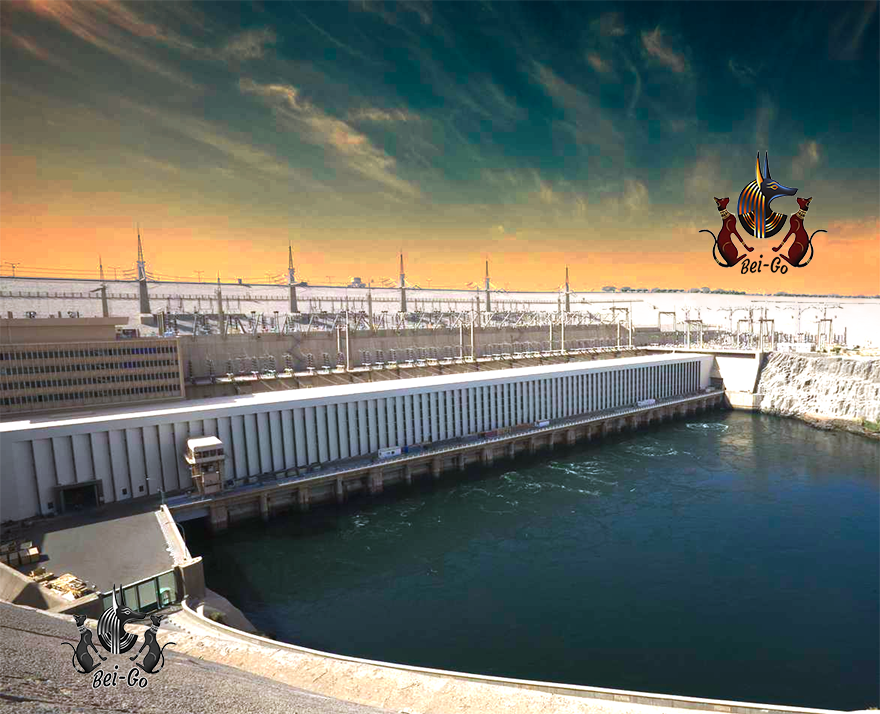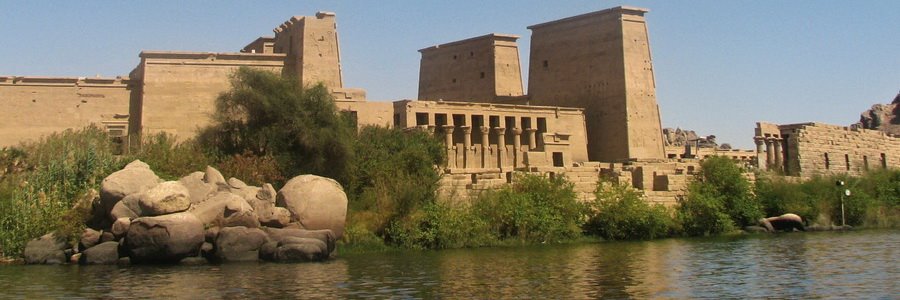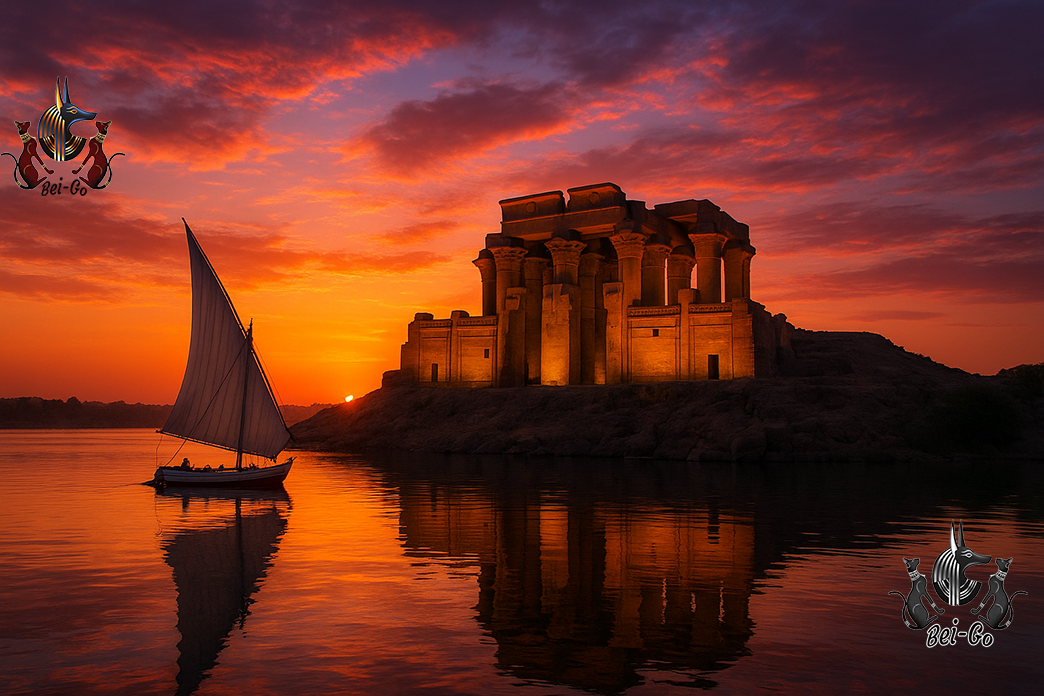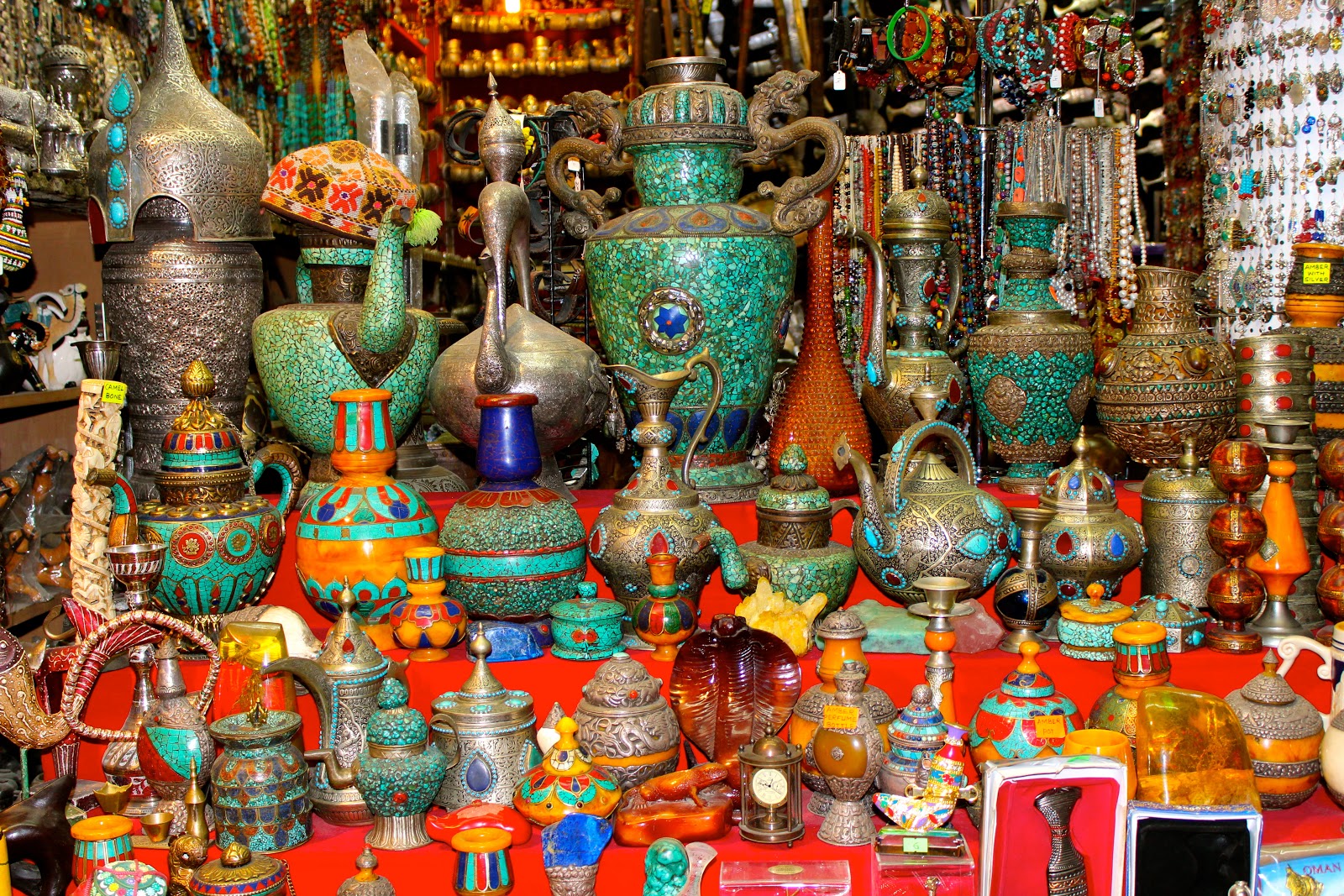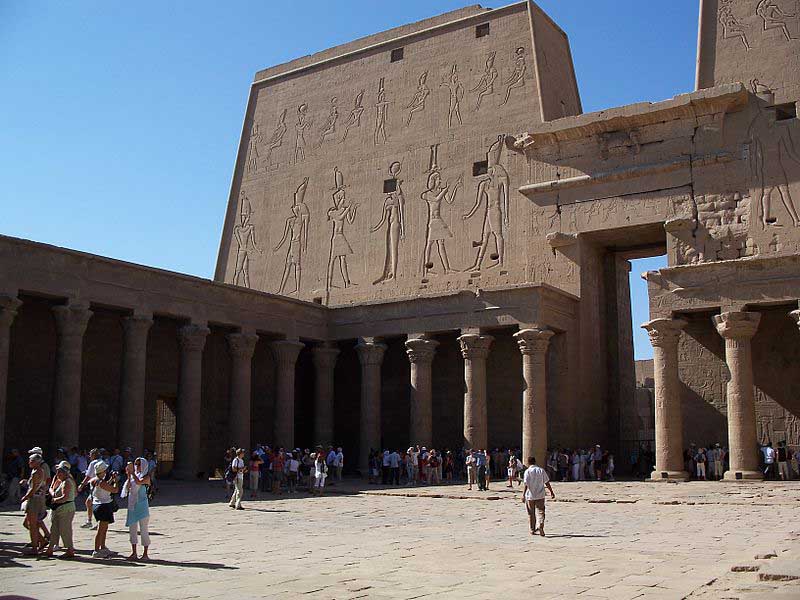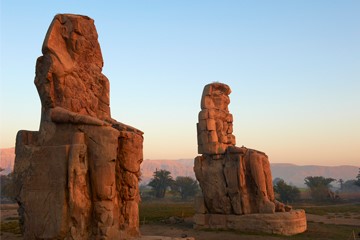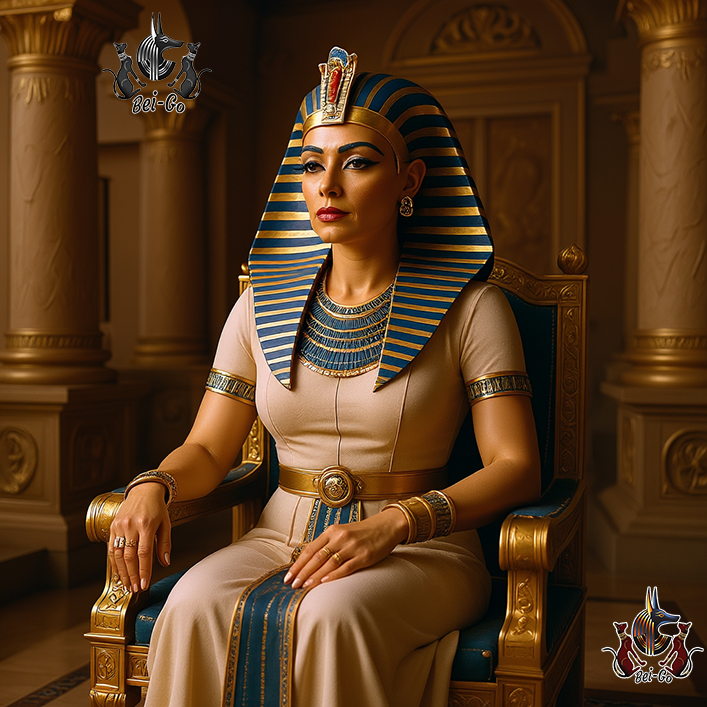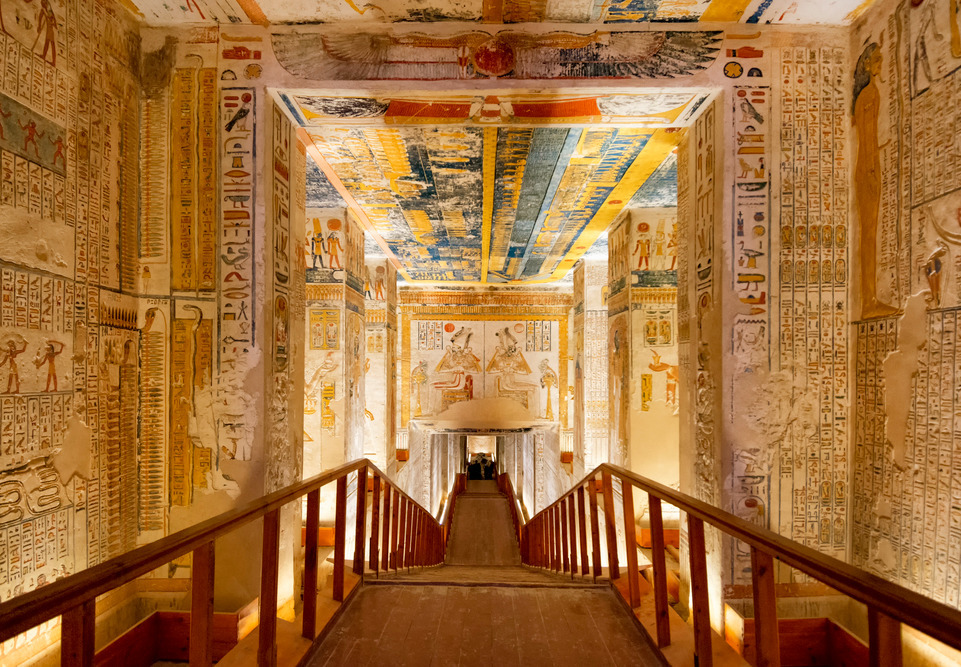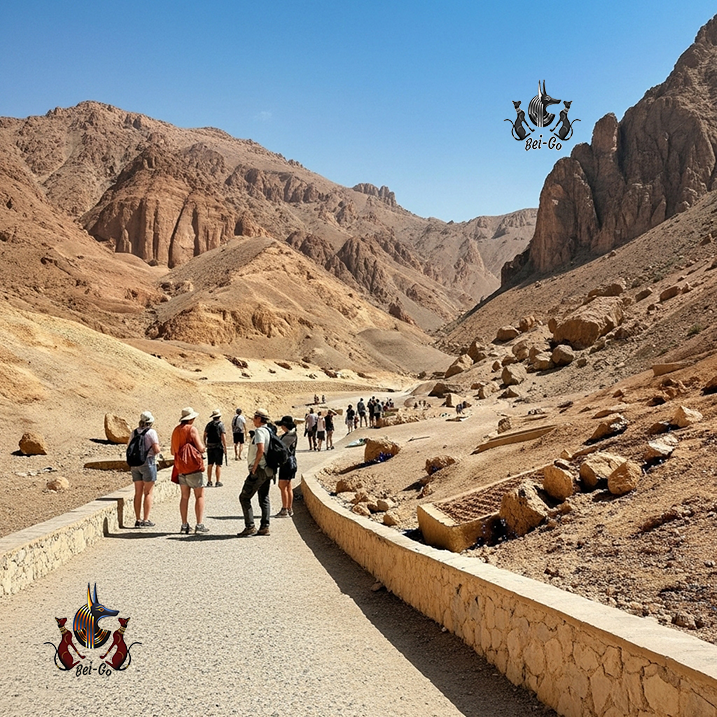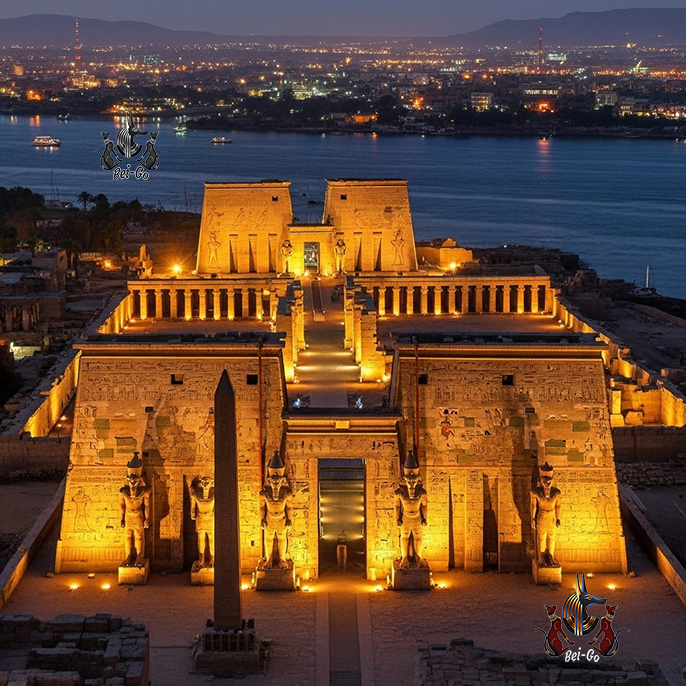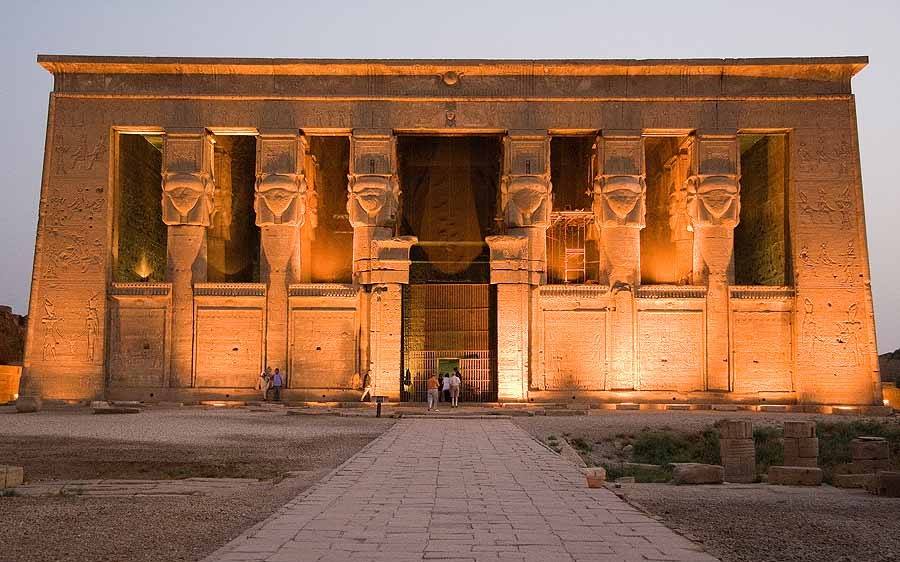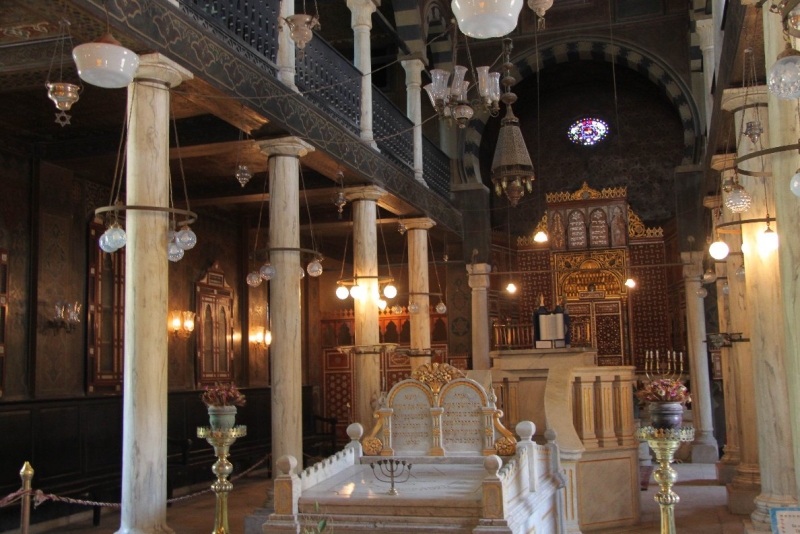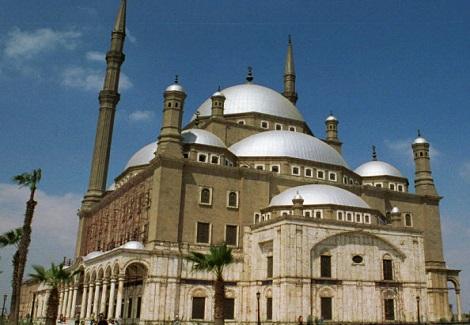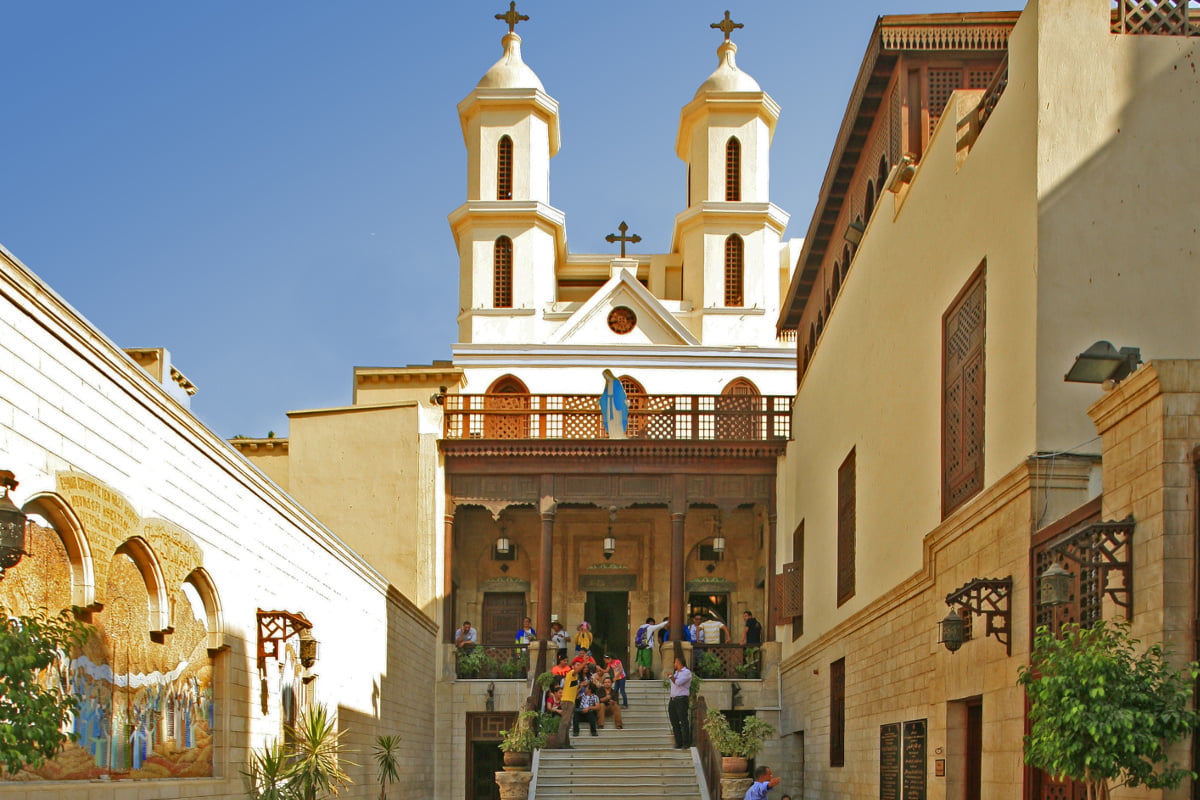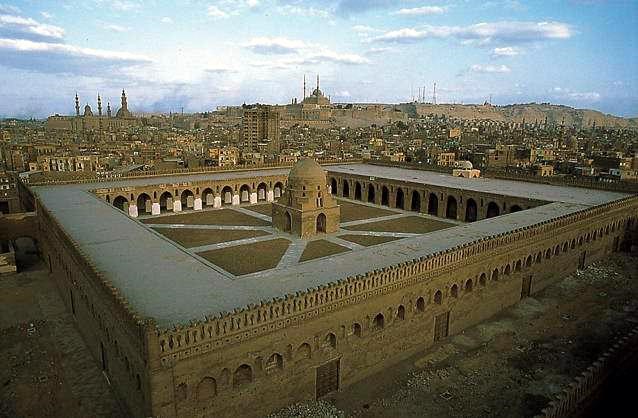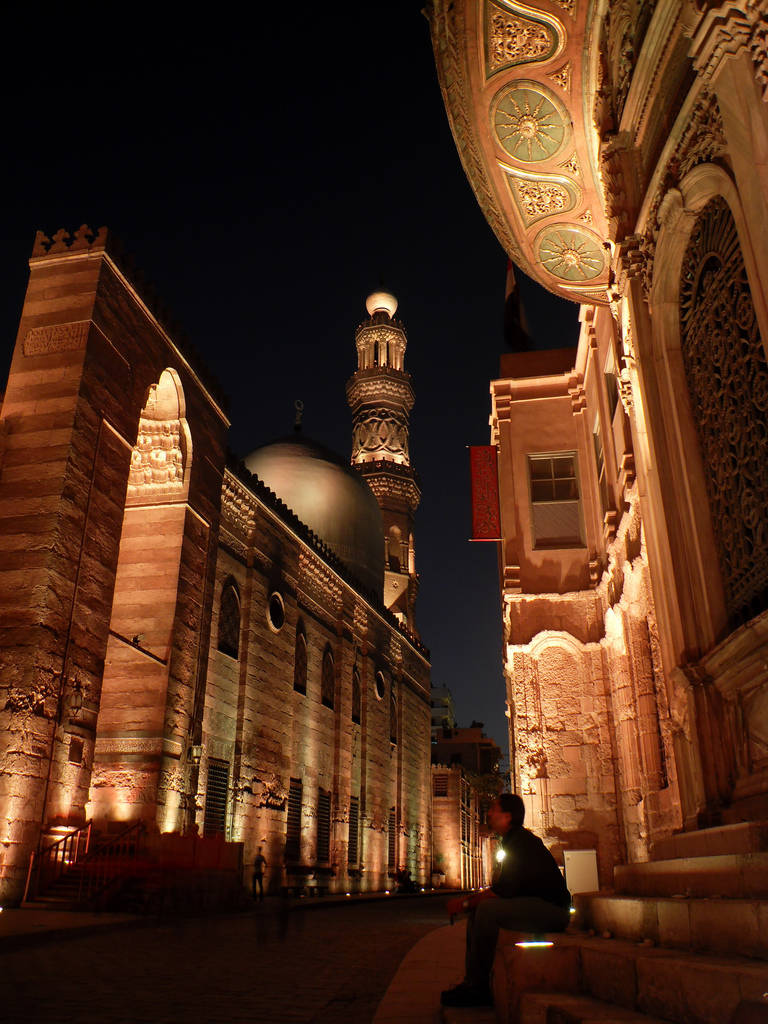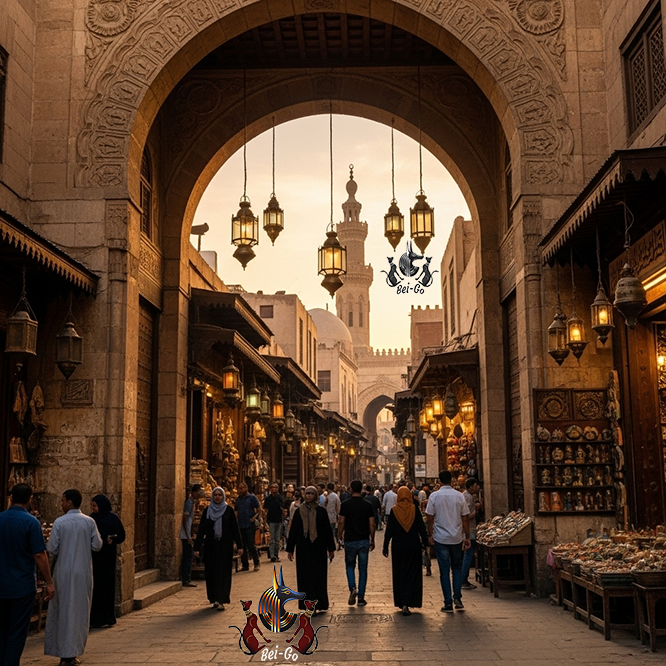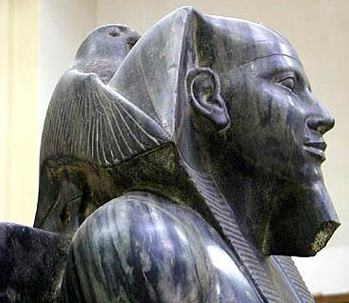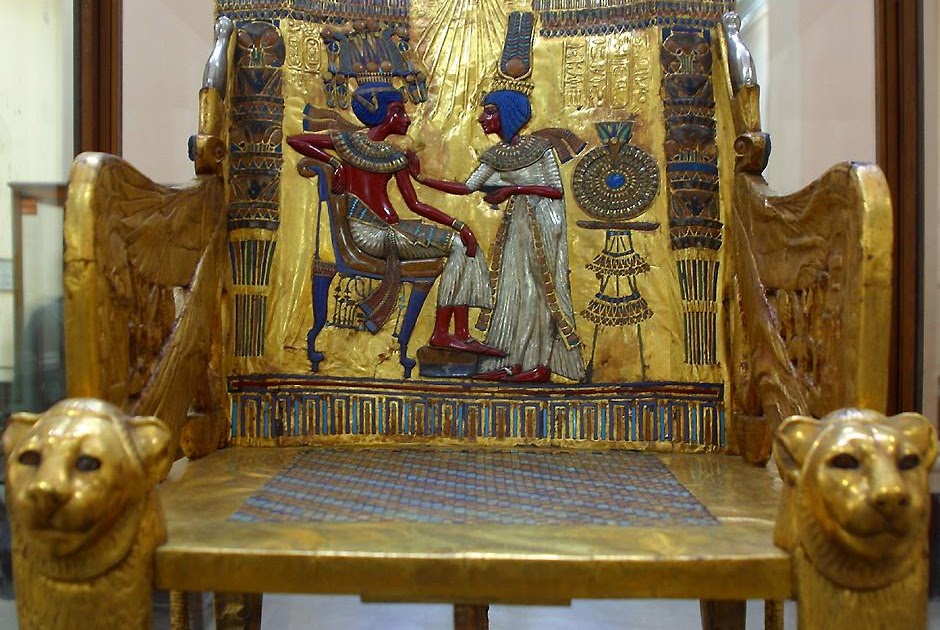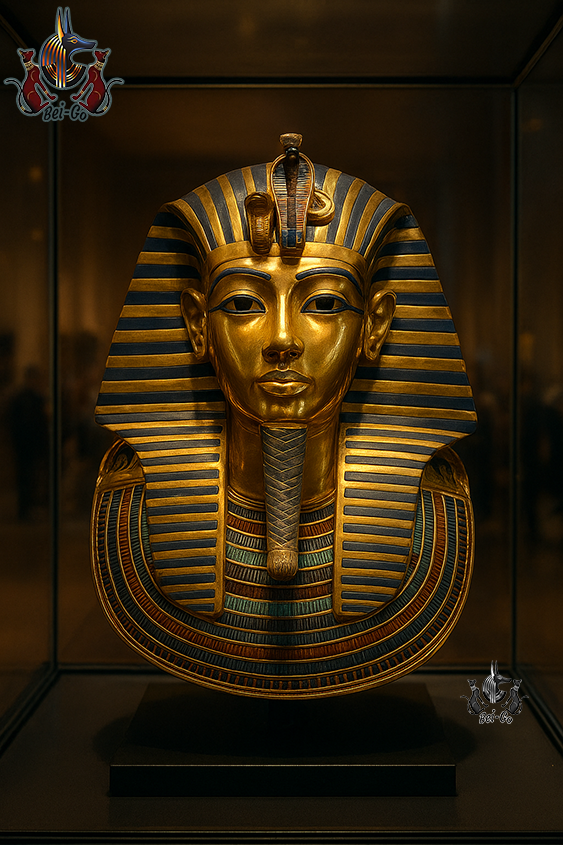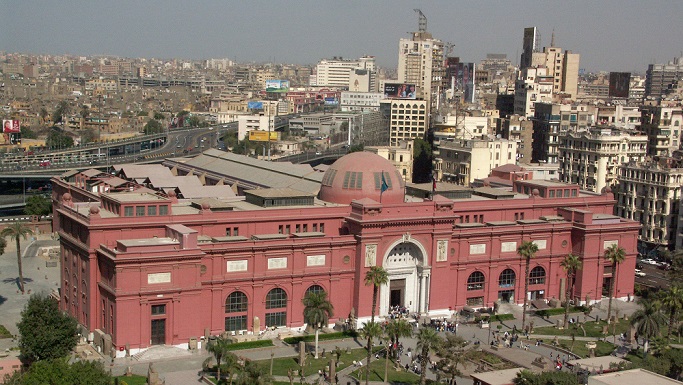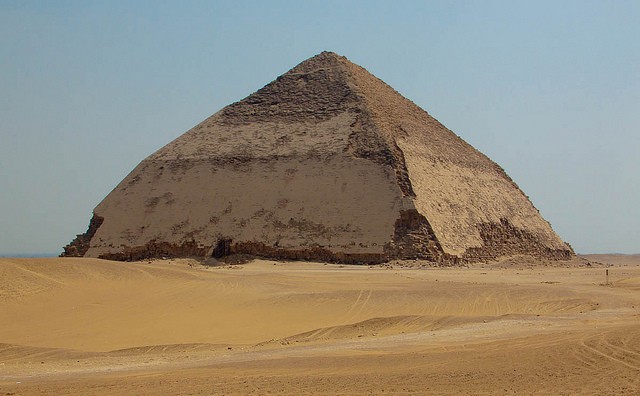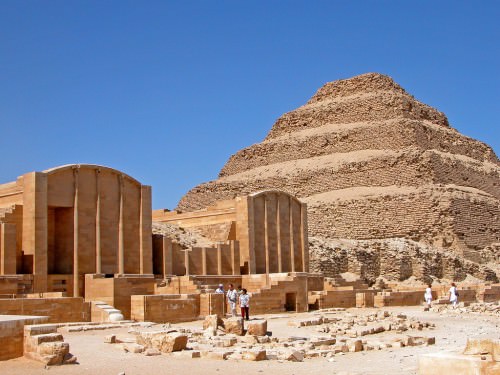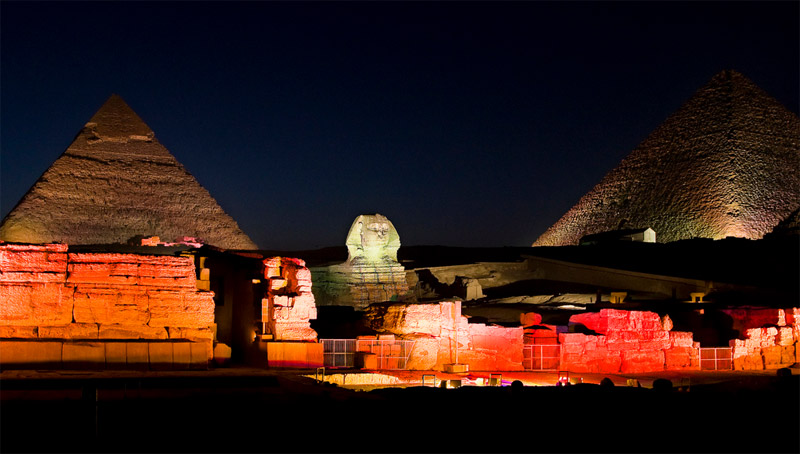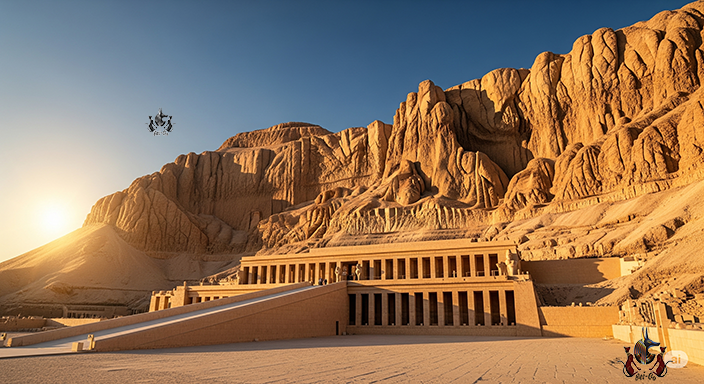
Hatshepsut’s Temple: A Pharaoh’s Masterpiece

Nestled against the soaring cliffs of Deir el-Bahari, the Mortuary Temple of Hatshepsut stands as a breathtaking monument to one of ancient Egypt’s most powerful female pharaohs. A masterpiece of perfect symmetry, this terraced sanctuary tells the story of a ruler who defied tradition to usher in an era of peace and prosperity. For any traveler exploring the rich tapestry of Egypt's history, a visit to this temple is an essential part of the journey.
The temple, known in antiquity as Djeser-Djeseru or "Holiest of Holy Places," is unlike any other structure in the Valley of the Kings. Its architect, Senenmut, who was also rumored to be Hatshepsut’s confidant, designed a series of colonnaded terraces that seem to emerge directly from the rock face. The result is a stunning blend of natural and man-made beauty that has captivated visitors for thousands of years. As you plan your Egypt travel itinerary, let Bei-Go be your travel guide to unlocking the secrets of this and other iconic sites.
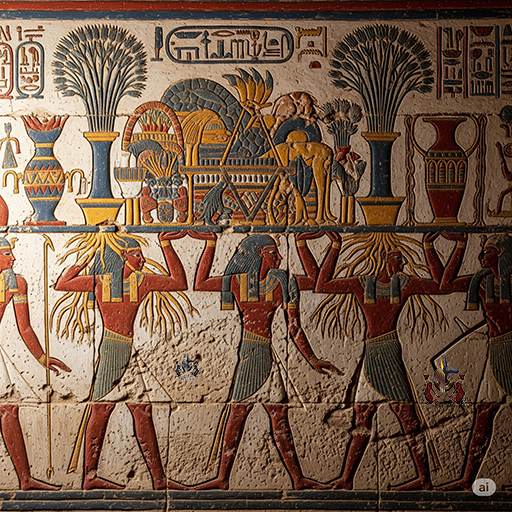
Hatshepsut's reign during the 18th Dynasty was a remarkable period in ancient Egypt. Originally acting as regent for her young stepson, Thutmose III, she gradually assumed the full powers and titles of a pharaoh. To legitimize her rule in a patriarchal society, she was often depicted with male attributes, including a false beard and the traditional kilt. The reliefs and inscriptions throughout her temple are a masterclass in political storytelling, detailing her divine birth - claiming the god Amun as her father - and her glorious expedition to the mysterious Land of Punt.
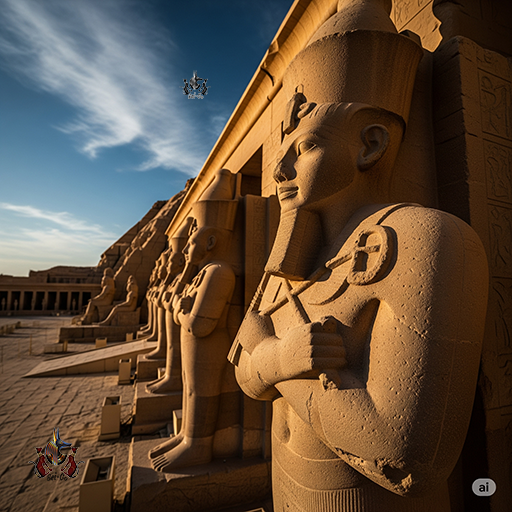
The temple is arranged on three levels, each connected by long, sweeping ramps. The lower terrace, now partially restored, once featured lush gardens and sphinx-lined avenues. The middle terrace is famous for its Punt Colonnade, which documents the famous trade expedition, and the Birth Colonnade, which details Hatshepsut's divine origins. The upper terrace, the most sacred part of the temple, houses the main sanctuary dedicated to Amun-Ra. Flanked by impressive statues of Hatshepsut in the guise of the god Osiris, this level was the heart of the temple's religious ceremonies.




